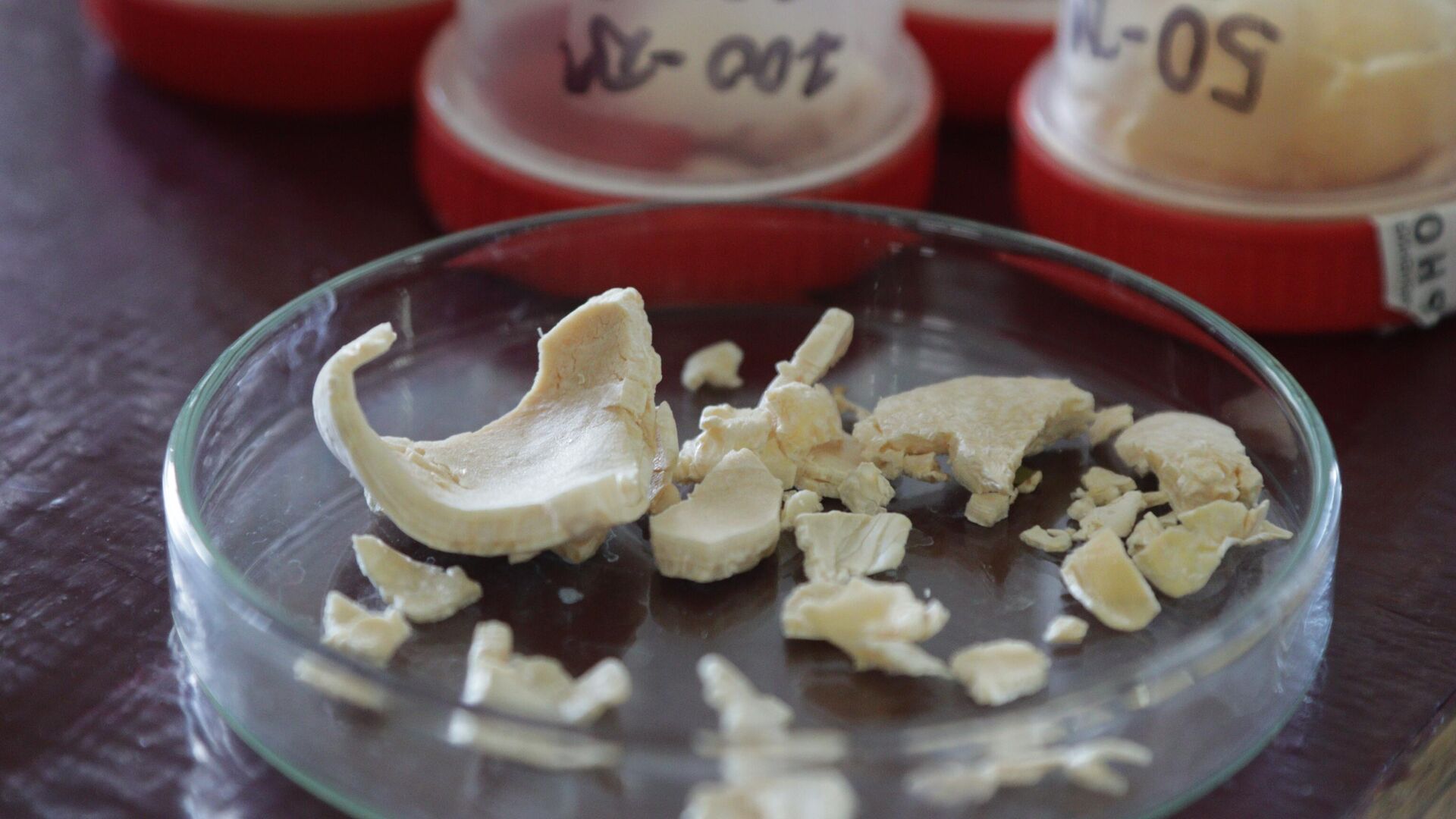
MOSCOW, June 19 Biomaterial from crustacean shells was developed by chemists from Saratov State University named after N.G. Chernyshevsky (SSU). According to the authors, it can become the basis for the creation of highly effective plant growth stimulants and medications that do not cause adverse reactions or addiction. The results were published in the International Journal of Biological Macromolecule.
As explained at the university, the polymer chitin is obtained from food industry waste (crustacean shells), and from it chitosan, a substance that is actively used in biomedicine today. For example, wound coverings are created based on chitosan that protect damaged tissues from microorganisms.
SSU has long been exploring options for dissolving chitosan in various biologically active acids to obtain materials with different functional properties, the university said.
“As a result of the interaction of chitosan and ascorbic acid isomers in water, a solution is obtained, from which a solid phase is released in the form of chitosan ascorbate powder. This powder is the subject of our study; we are studying its properties and biological activity,” said Anna, head of the Department of Polymers at SSU. Shipovskaya.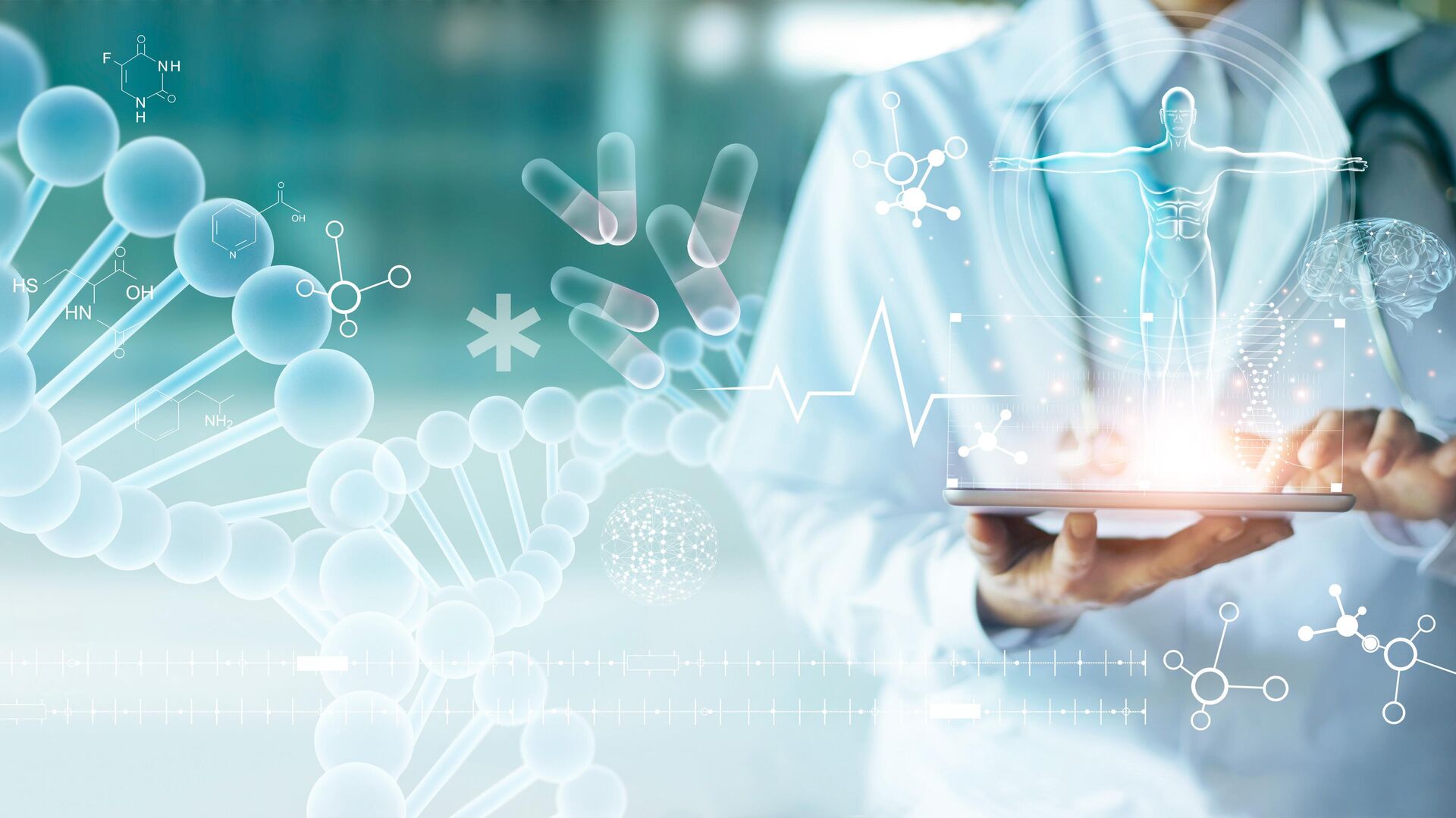
Comparing the effectiveness of the interaction of two modifications ascorbic acid (D-isomer and L-isomer) with chitosan, experts have found that chitosan salts in combination with D-ascorbic acid have the greatest antibacterial, anti-inflammatory and wound-healing activity. This result, according to scientists, came as a surprise to them.
“We thought that the combination of chitosan and L-ascorbic acid, known to everyone as vitamin C, would be more active, but it turned out to be the opposite. The fact is that from a chemical point of view, chitosan belongs to the class of D-glucans and in combination with the D-isomer acid forms a homochiral ionic complex, similar to that formed by a living organism,” noted Shipovskaya.
As explained at the university, chirality is the property of a molecule not to be combined in space with its mirror image. This can be explained using the example of the left and right hands, which have the same structure, but different directions, so they cannot be superimposed on each other in space.
The vast majority of artificially created substances, unlike living organisms, consist of mirror isomers in equal quantities. Saratov chemists managed to create a homochiral compound containing only one isomeric form.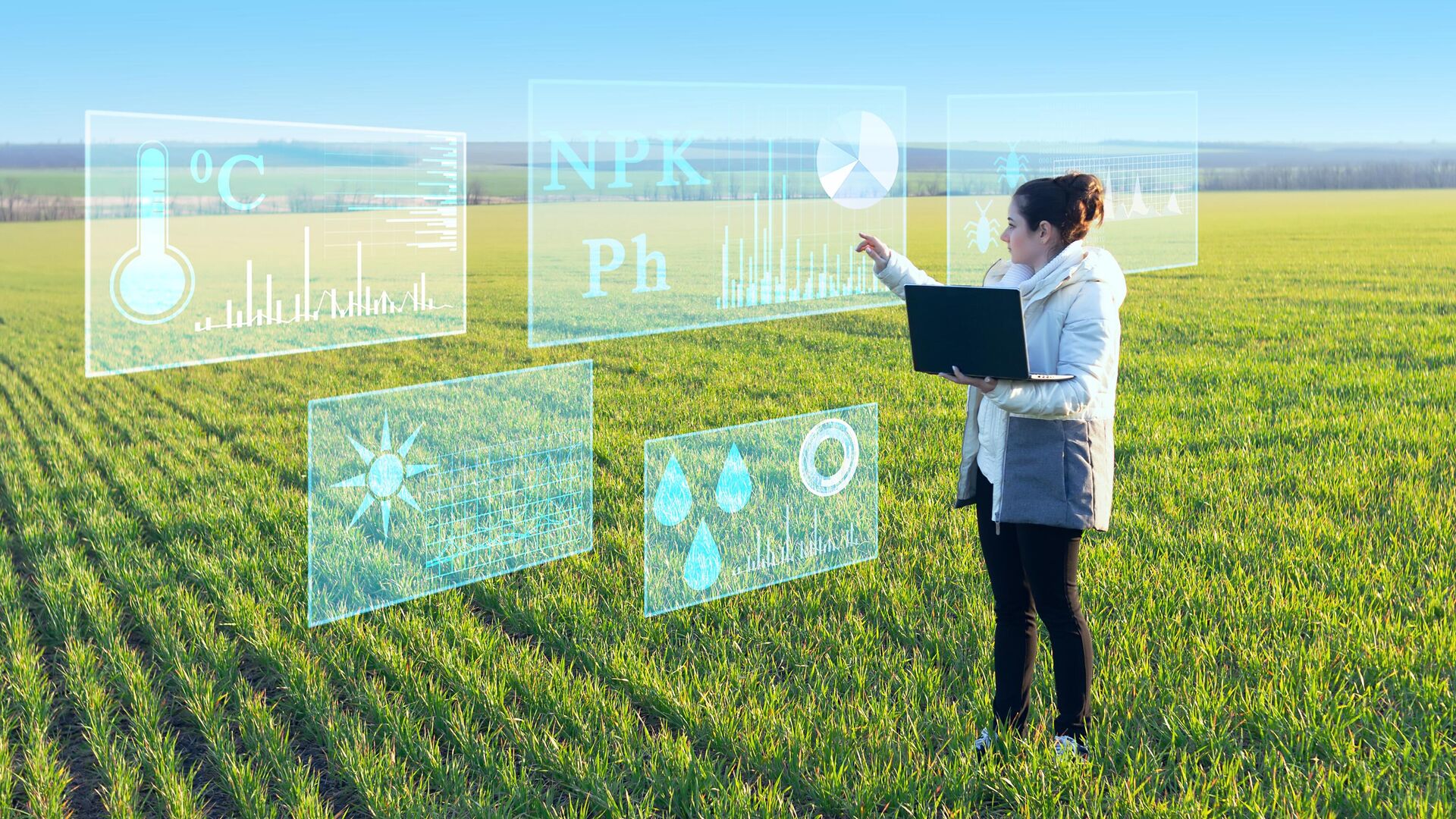
Thanks to this discovery, SSU researchers have developed a new biomaterial, which, according to them, has no analogues to date. It can be used not only to treat bacterial infections, but also to stimulate the growth of both lower and higher plants. In addition, the sample is biodegradable, which makes it safe for the environment.
Scientists have already tested the biomaterial on green microalgae (Scenedesmus quadricauda) and common flax (Linum usitatissimum). The experiment showed that the developed sample, even under unfavorable conditions, increased the germination of flax seeds by more than 6 times.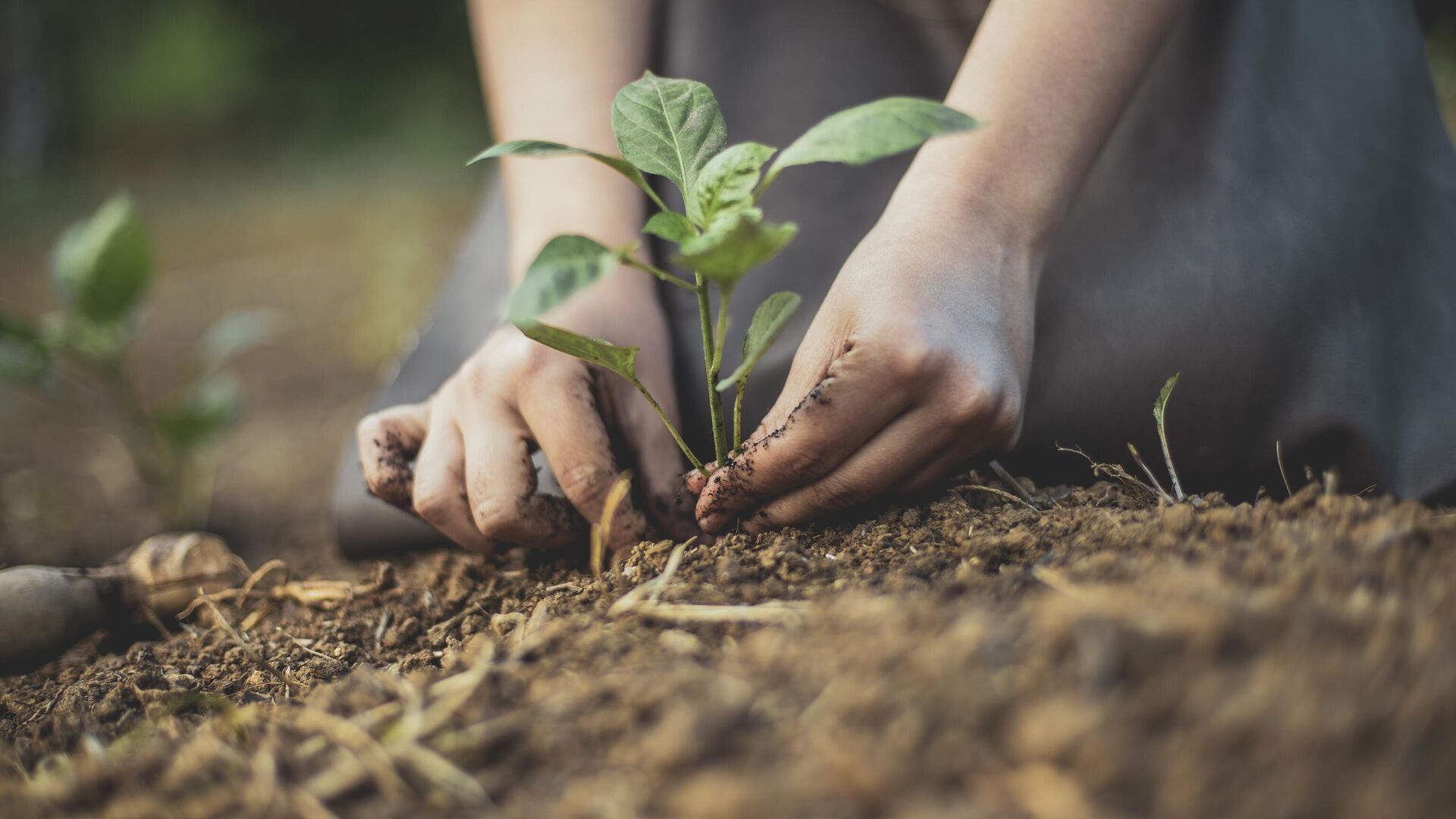
In the future, based on isomerically pure forms of chitosan, experts plan to create nanostructured preparations for the development of highly effective agro-nanobiochemicals of a new generation with a given structure, properties and biological functionality for high-tech crop production .
The research was carried out within the framework of the federal program «Priority 2030» of the national project «Science and Universities», of which Saratov University is a participant.




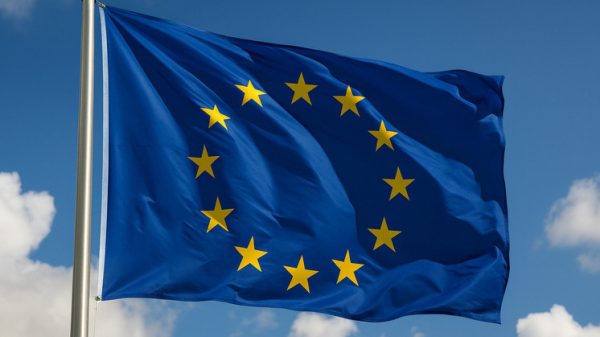











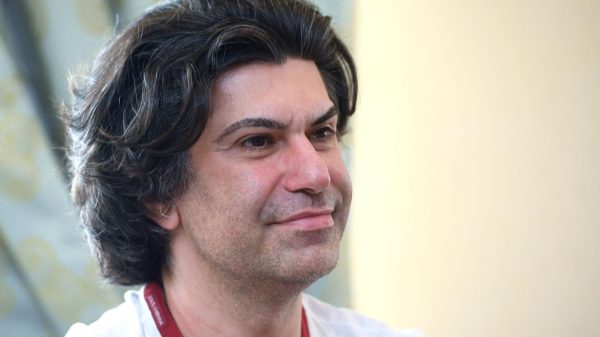
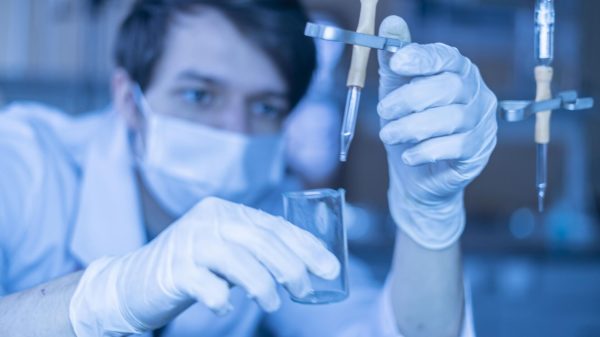

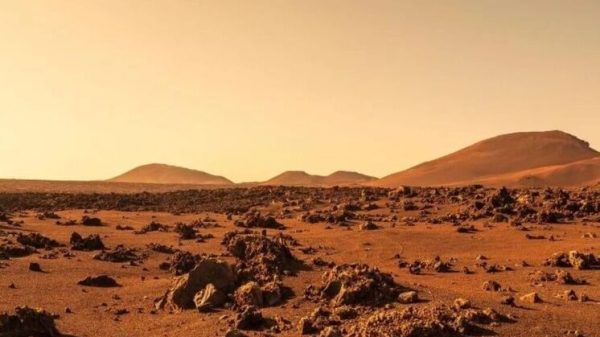
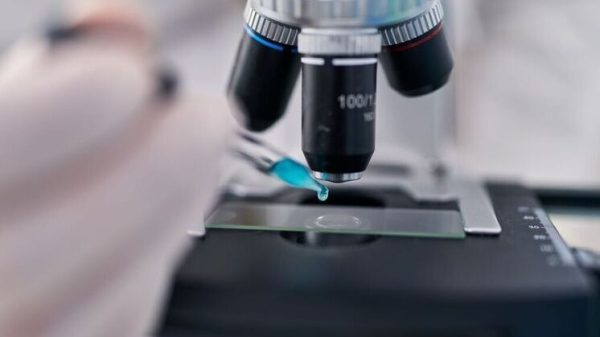
















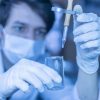











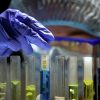




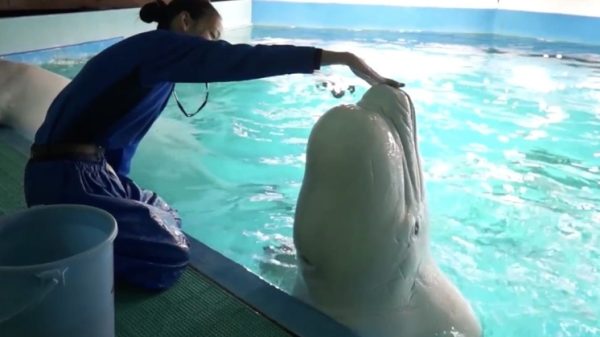
Свежие комментарии